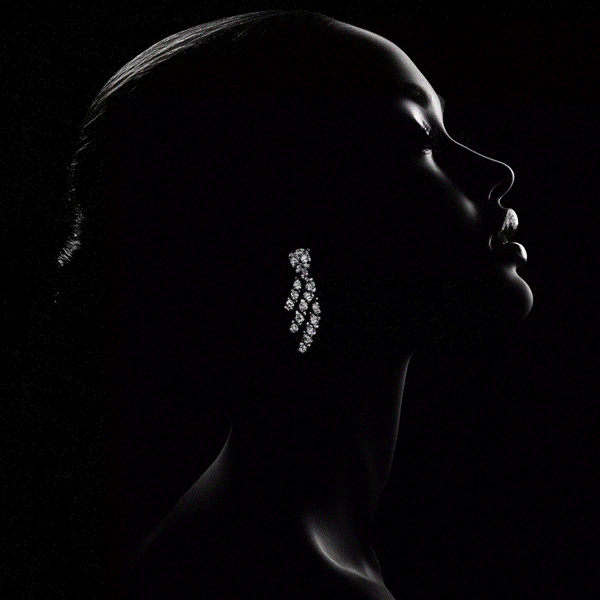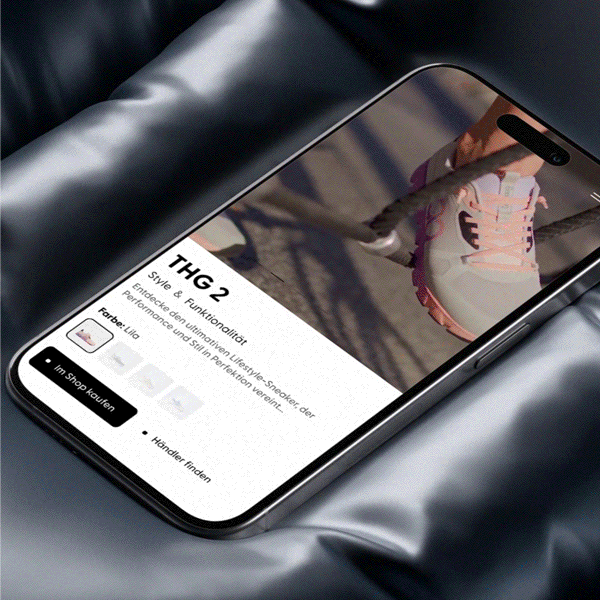Beyond pictures and videos
2020 didn't just revolutionise the way we work; it completely upended our marketing strategies. Trade fairs and major events were cancelled, marketing budgets had to be replanned. More than ever before, companies realised: We need more than a digital catalogue or a video to make potential customers understand complex functions and benefits.
Digital technologies like 3D, Augmented Reality (AR) and Virtual Reality (VR) can help us to showcase products in new ways, and as more emotionally tangible experiences.
Seamless customer experiences
Seamless digital experiences
One of the key reasons for using mixed reality: Google, Apple and other major businesses are pushing technologies that facilitate immersive experiences. They already work on almost all devices and browsers. So now, 3D, AR and VR can be hooked up seamlessly to your website or web shop without medium-to-medium jumps.
Technology for today and tomorrow
The expansion of the 5G network will further increase opportunities for AR, VR and 3D. Greater bandwidth means better quality with much shorter loading times. Immersive technologies are increasingly becoming core functions for the latest generations of smartphones and tablets. In social networks AR ads and 3D filtres are being deployed more and more.
Factors for success
Immersive marketing – Are there already inspiring approaches?
Interior design, cars or spectacles & jewellery – completely regardless of whether you're addressing B2B or B2C clients - there are some sectors that are perfectly suited for the use of immersive product experiences. Our experience and best practices show there have been particularly successful concepts in the following sectors and areas of use.

